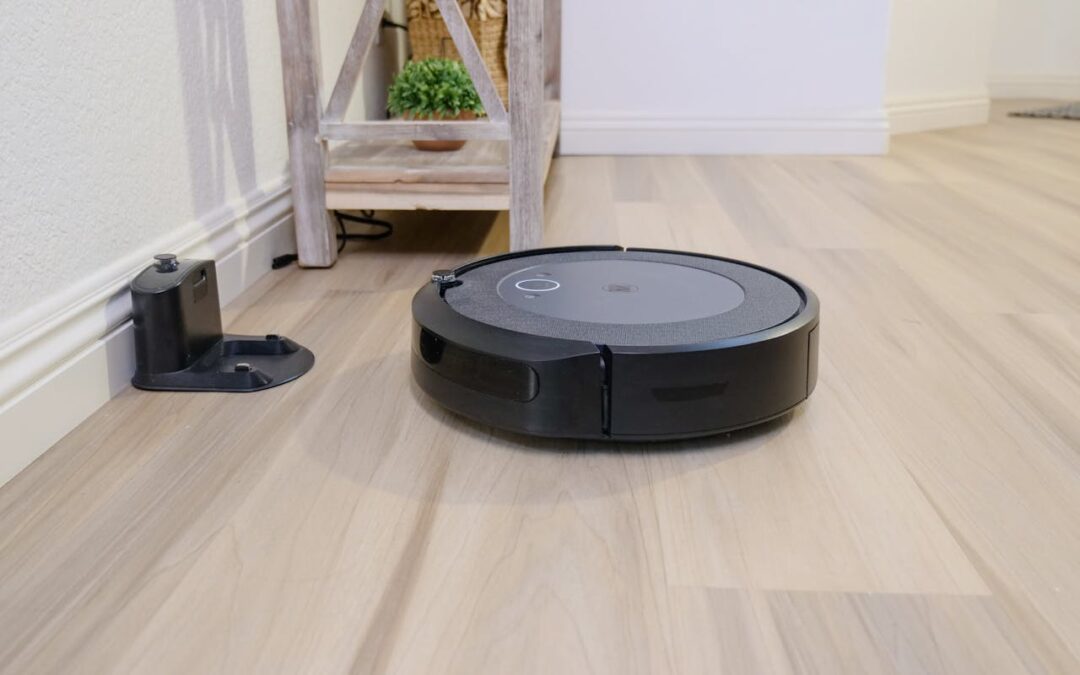As technology advances, robotic cleaners are revolutionizing cleaning processes across industries. While these innovations bring significant improvements in efficiency and hygiene, they also raise important questions about their environmental impact. From energy consumption to waste reduction, robot cleaners are reshaping the relationship between technology and sustainability.
Energy Efficiency in Robotic Cleaning
Modern robotic cleaners are designed with energy efficiency in mind, consuming less power than traditional cleaning equipment. Many models use advanced algorithms to optimize their cleaning paths, reducing unnecessary movements and lowering energy consumption. Compared to older equipment that often runs continuously or at high power, robotic cleaners operate smarter, delivering the same results with minimal environmental cost.
Some robotic cleaning systems are also powered by renewable energy sources, further reducing their carbon footprint. For instance, solar-powered charging stations or energy-efficient batteries make these machines a more eco-friendly choice for businesses aiming to reduce energy usage.
Reducing Water Waste
One of the key environmental benefits of robotic cleaners is their ability to conserve water. Traditional cleaning methods often involve excessive water usage, leading to wastage and unnecessary strain on water resources. Robot cleaners, on the other hand, are equipped with technology that ensures optimal water use.
Many robotic systems use precision spraying, releasing just the right amount of water or cleaning solution needed for the task. Some models even recycle water during cleaning, significantly reducing overall consumption. This feature is particularly valuable in industries where water conservation is a critical concern, such as agriculture, hospitality, and healthcare.
Minimizing Chemical Use
Robotic cleaners help reduce the reliance on harsh cleaning chemicals that can harm the environment. By using intelligent sensors and cleaning mechanisms, these robots achieve high levels of cleanliness with fewer or no chemicals. This approach prevents harmful substances from entering waterways and ecosystems.
Moreover, some robotic cleaning systems utilize environmentally friendly solutions such as steam cleaning or ultraviolet (UV) light disinfection. These alternatives eliminate pathogens effectively without leaving chemical residues, making them a sustainable option for industries prioritizing green practices.
Contribution to Waste Reduction
Traditional cleaning often generates significant waste, from disposable cleaning supplies to single-use packaging of cleaning agents. Robotic cleaners mitigate this issue by using reusable components, such as washable microfiber pads, and requiring fewer consumables overall. Their precision cleaning techniques also reduce the overuse of supplies, cutting down on waste.
By streamlining cleaning operations, robots help businesses adopt a more circular approach to resource use. Less waste means reduced environmental impact and lower costs for companies, aligning sustainability with profitability.
Longevity and Durability
Another environmental advantage of robotic cleaners is their durability. Built to last, these machines often have longer lifespans compared to traditional cleaning equipment. Their advanced design minimizes wear and tear, reducing the need for frequent replacements and the associated environmental costs of manufacturing and disposal.
Many manufacturers also offer repairable or upgradeable robotic systems, extending their usable life and preventing them from becoming electronic waste prematurely. This approach supports a more sustainable life cycle for cleaning equipment.
Challenges and Areas for Improvement
While robotic cleaners offer many environmental benefits, challenges remain. The production and disposal of these machines require resources and contribute to electronic waste. To address this, manufacturers are exploring ways to use recycled materials and create more sustainable end-of-life options, such as recycling programs or biodegradable components.
Energy consumption during production and charging can also impact the environment, especially if renewable energy sources are not used. Continued innovation in energy-efficient designs and green manufacturing processes will be crucial for minimizing these impacts.
Encouraging Sustainable Practices
Robotic cleaning systems encourage businesses to adopt broader sustainable practices. By demonstrating the efficiency and environmental benefits of modern cleaning technology, these robots inspire companies to explore other eco-friendly solutions in their operations. Whether it’s transitioning to renewable energy or reducing waste across departments, robotic cleaners are often a starting point for broader sustainability initiatives.
A Greener Future with Robotic Cleaning
The integration of robotic cleaners into workplaces is a step toward a more sustainable future. By conserving resources, reducing waste, and minimizing harmful chemical use, these machines offer a powerful tool for businesses looking to improve their environmental footprint. However, achieving maximum sustainability requires ongoing innovation and responsible usage.
As technology evolves, robotic cleaners will continue to play a significant role in reducing the environmental impact of cleaning, helping industries strike a balance between efficiency and ecological responsibility.

